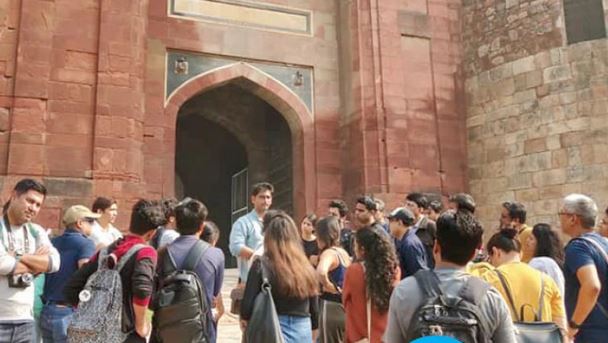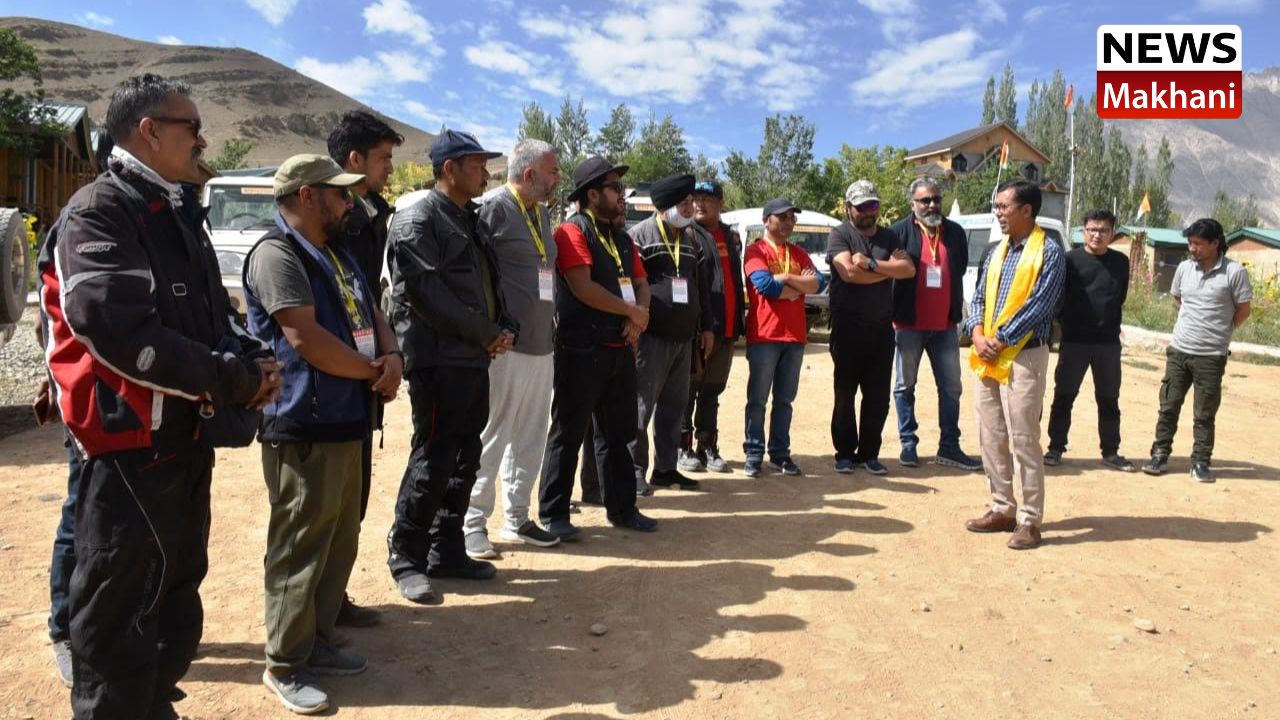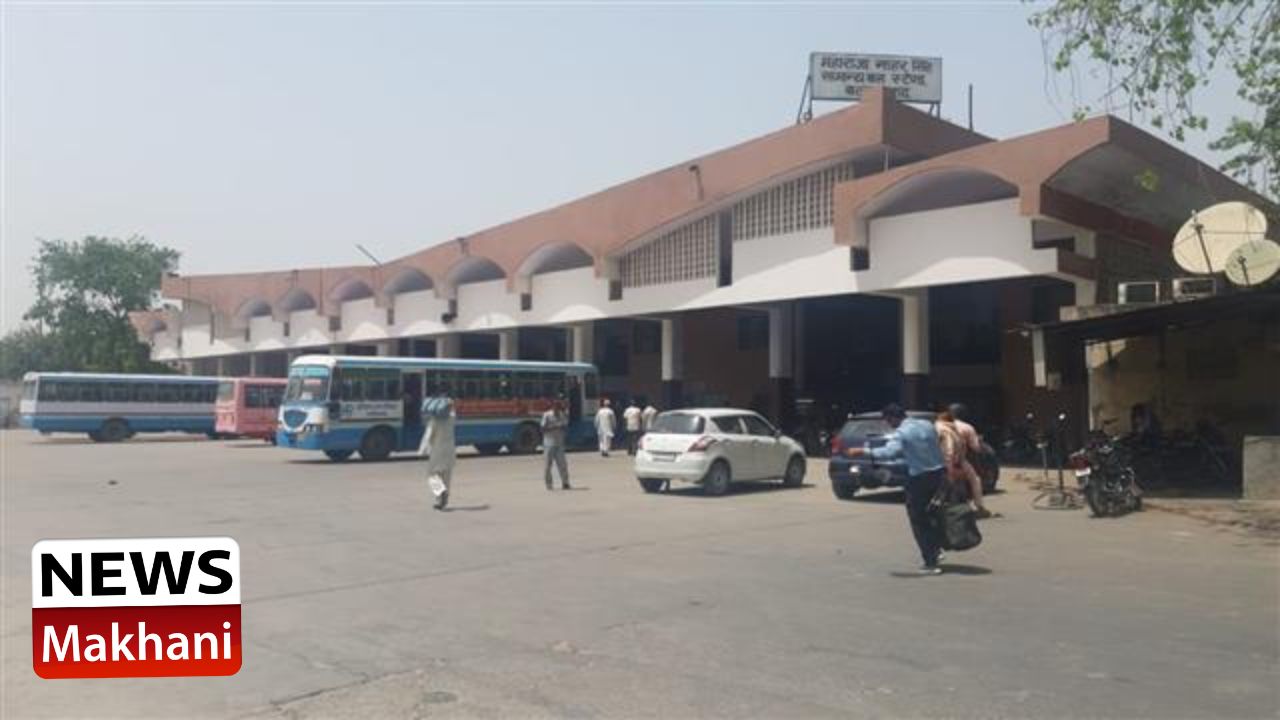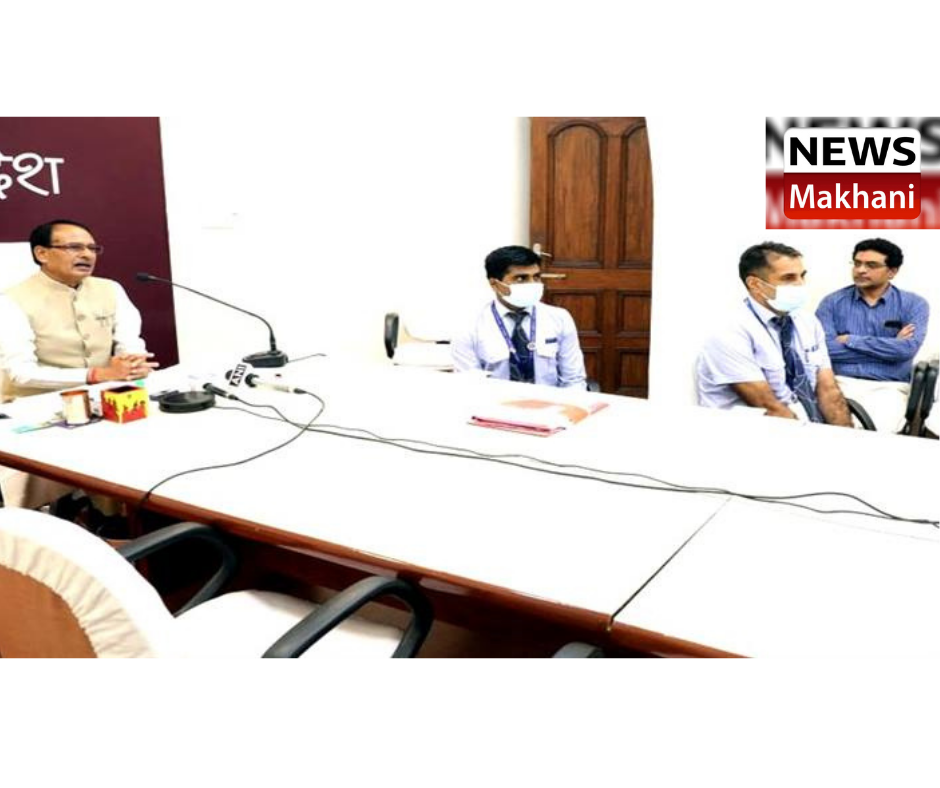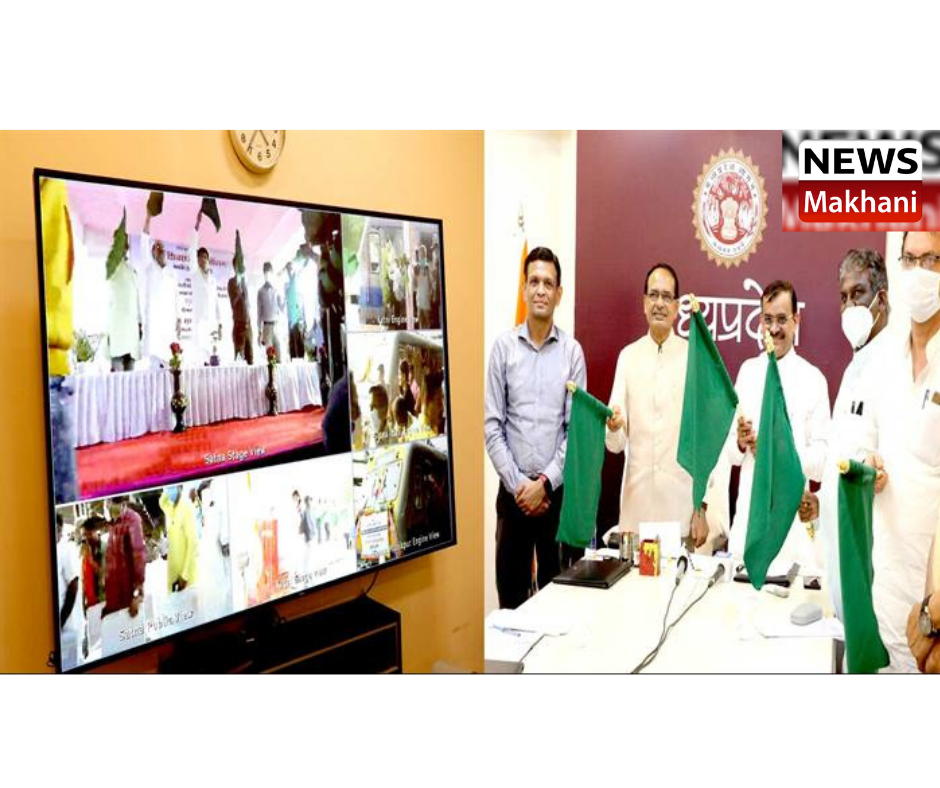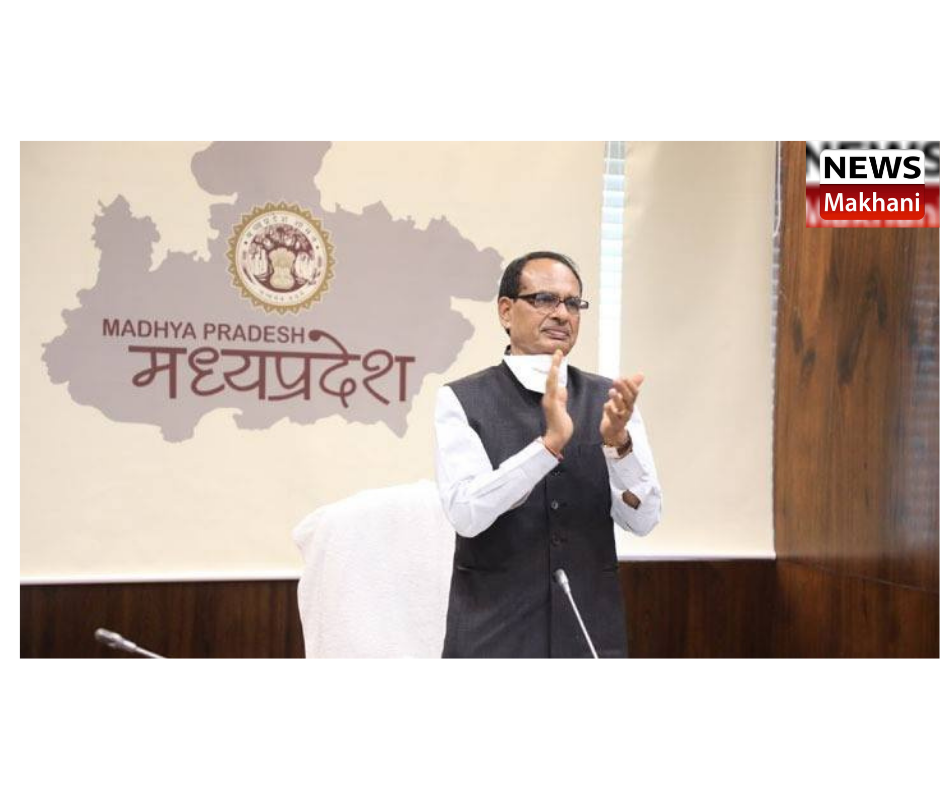
In searching for the different walks that try to give a slice of Delhi’s life, one is forced to wonder whether walking has become a luxury in our wellconnected age. To go walking in Delhi means to encounter a never before seen facet of the city given our mostly insulated lives. Delhi, the National Capital Territory, is a politically defined geography from which stems the idea of an ever-expanding region. While the city’s suburbs are at driving distance, how often have we walked the distance to the nearby monument?
Has Hauz Khas ever meant more to us than the teeming restaurants at HKV? Is this urban village more than a scenic frontis piece to our beer-soaked reveries? Such and many questions circled one’s mind while talking to the people who have been painstakingly revisiting Delhi’s iconic spots and curating new experiences within these oft-visited places, for people to reconnect with Delhi in a new way. Over the course of two weeks, we found several unique experiences curated around the different features of Delhi
DECODING THE CITY
From the sprawling city forest of Sanjay Van to the difficult reality of Bhalaswa landfills, different groups in the city are trying to acquaint us with the city in ways that fall outside our daily experience. A common perception about Delhi is that it has had seven cities. “That’s not right,” says historian and cultural activist Sohail Hashmi.
“Delhi has had only two cities Mehrauli and Shahjahanabad. The rest have all been capitals, which lost significance after the monarch died.” Delhi Heritage Walks by Sohail Hashmi starts in the first week of October and continues till the last week of March. He also conducts walks along different areas of Old Delhi. “I also conduct vegetarian food walks. There are also staple food walks centred around Mughlai food. I do not go around the usual popular places. There are more than 20 varieties of nihari offered in different localities in Delhi,” he says. The walks are priced at around Rs 600, charges lower for children. Then Hashmi conducts a trip to Rataul, in July, where people are treated to 30 mango varieties soaked in buckets of water. “The aim is to connect people to their city in a different perspective than their everyday routine. Our walks take them beyond the daily domain of domesticity and work, to history, culture and more. My group comprises travelers – both tourists and those on a bigger exploration called life.” Another interesting approach to heritage is taken by Karavan India’s Asif Khan Dehlavi. He conducts baithaks at different historical locations in Delhi from Ferozshah Kotla to Tughlaqabad.
“We take groups of around 30 to historical sites, Then we gather around a clear space and sit with soaked chanas and start talking about the history of the place. Ek baat se doosri nikalti hai, aur qisson ki kadi ban jaati hai.”
A former corporate slave, Dehlavi started his walks 12 years ago. One of his more popular walks are conducted at night. “These walks are conducted between Nizamuddin and the mausoleum of pir Dehlavi. These are along different lines – we talk about djinns, the supernatural and more. It is a different sama.” The night walks are conducted once in two months in groups of 10. “We had to limit them because the demand was overwhelming,” Dehlavi says.
ONE FOOT AT A TIME
While Delhi is renowned for its capitals there’s a lot more to the city than its monumental past – its landfills, the metro rail and Rajpath. And there are newer ways in which these areas can be explored by Delhizens. Segway tours allows people to use the twin-wheeled single-axled transport around Old and New Delhi. The prices are on the higher side, but they offer a different experience as Segway is the centerpiece of this tour. In the open pathways of Sanjay Van, a morning meditative walk takes us to the lakes in the forest and back to an assembly area. The walk is long not because of the distance, but because of the moratorium on the use of gadgets. These days people instinctively pull out their phones to click photos and it is the ban on this instinct that makes this walk long and liberating. Participants are asked to walk in silence and observe the scenery around them. In between the walk leaders ask the team to halt and gather around a tree. The group then touches the tree, breathing in deep and trying to forge a connect with nature. “Engagement with trees is very therapeutic, that’s why you have exercises where people actually hug trees,” says Tanpreet Kaur of Soul Zeal, a Delhi-based wellness company. The team then breaks near the lake at Sanjay Van to meditate and have a cup of green tea. The walk concludes with them gathering twigs, leaves and flowers to create a personal mandala – cosmic metaphysical representation of our state of mind that seeks to define the essence of our life experience. Dr Monika, a psychiatrist, believes that this kind of para-healing is integral to recovery especially for those dealing with stress. At `700, this early morning jaunt was rewarding as one experience nature in its pristine glory.
FOOD IS THE KING
Delhi is synonymous with food be it the posh Aerocity jaunts or the fragrance wafting from Old Delhi haunts. From Paharganj to North Campus, Delhi is a food extravaganza waiting to be explored. Here’s where Delhi Food Walks holds a niche.
“We have an offering called ‘A day in Delhi’ where tourists and other enthusiasts can take a tour around the city with us. This is especially good when they are short on time,” says founder Anubhav Sapra.
He claims to be the first to have walks dedicated around food and offers 17 curated experiences at present. “Every year we try to add a new food trail. I have a team of seven people working with me.” In these walks, food is the king. And the trails are centred around Old Delhi and newer destinations. “Our walks are theme-based or area-based. Theme-based walks are centred around festivals. For example during Eid, we have walks in Okhla and Old Delhi,” Sapra adds. Interestingly walks are also curated around the major meals of the days such as breakfast, lunch and dinner. From Connaught Place, to state bhawans and Kamla Nagar, Delhi Food Walks truly tries to encompass the city’s not-so-secret obsession with food.
STEP FOR A CAUSE
With the winter behind us, some of us may still be reeling from the aftereffects of poor air quality. While Delhi lost its notorious distinction of being the most polluted city in the world to Gurugram, it is still on the top-10 list. And while there’s little that can be done about the stubble burning and the ever-increasing bevy of cars on Delhi roads, Sahapedia offers a way forward for concerned citizens by educating them about garbage dumps and recycling waste. The Green India Clean India walk may sound formal, and is limited to adults, but it is a significant intervention. The walk takes people to the Okhla landfill. Participants eat food nearby and pick up the waste. They are then taken to the waste mountain to understand how the waste gets compounded in these places. They also witness people foraging the dumpyards to find anything they can sell, especially plastic items. People get a sense of where all the waste ends up. Another interesting and progressive initiative by Sahapedia is their engagement with differently-abled children. Walk leaders take a tactile approach to exploration, taking women from the National Blind Association around the National Museum making them understand the traditions of terracotta and weaving. These walks bring a sense of access and exclusion, claiming public and cultural spaces, as well as shared heritage to a marginalised section of society.
The different walks bring home one truth about Delhi, it has many hues, and it has something to offer for everyone – the glutton, the history junkie, the chaser of myths and the pursuer of noble intentions like cleaning and recycling. The walks range from purposive, to meditative to sheer indulgence. Many who go for these walks are trying to break a barrier that everyday life creates between them and the city. As Hashmi says, “I distinguish between tourists and travellers. Many of us live in Delhi but are tourists to its many sights and sounds. Some of us our travellers, looking to engage with the city, its culture and people. I am traveller, and these walks connect me with others like me.”

 हिंदी
हिंदी
